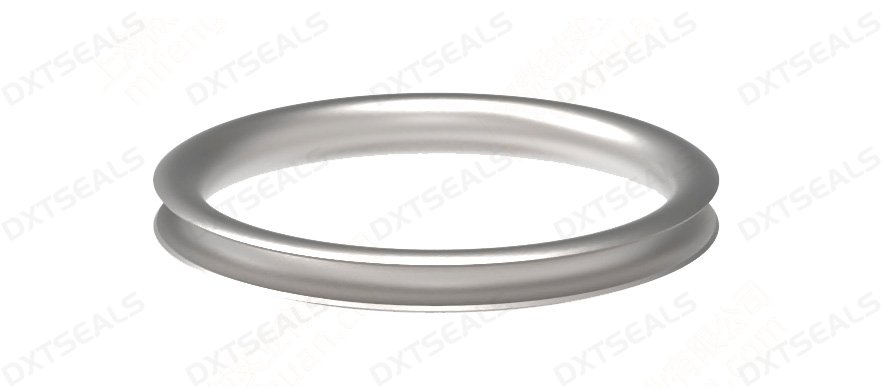
In the world of sealing technologies, metal seals are critical components designed to maintain integrity in various applications. Among them, metal C-rings stand out due to their unique design and functionality. This article aims to provide a comprehensive comparison of metal C-rings with other types of metal seals, examining their features, advantages, and ideal applications.
1. What Are Metal C-Rings?
Metal C-rings are circular sealing devices characterized by their "C" shape, which allows for efficient sealing in dynamic and static applications. Made from materials like stainless steel and specialized alloys, they are known for their strength and durability. Metal C-rings are often used in environments where high pressure and temperature resistance are required.
2. Comparing Metal C-Rings with Other Metal Seals
To understand the advantages of metal C-rings, it's essential to compare them with other common types of metal seals, including:
Metal O-Rings:
- Shape: O-rings have a circular cross-section, providing a uniform sealing surface.
- Applications: Commonly used in hydraulic and pneumatic systems.
- Advantages: Good for static sealing applications; however, they may not perform as well under extreme conditions compared to C-rings.
Metal E-Rings:
- Shape: E-rings have an "E" shaped cross-section, designed to provide a tight seal in specific applications.
- Applications: Often used in high-pressure systems.
- Advantages: E-rings offer high compression resilience but may lack the flexibility of C-rings in dynamic applications.
Metal D-Rings:
- Shape: D-rings feature a "D" shaped profile, suitable for certain sealing environments.
- Applications: Used in applications requiring low leakage rates.
- Advantages: Provide good sealing performance but may not withstand high-pressure environments as effectively as C-rings.
3. Advantages of Metal C-Rings
Metal C-rings offer several distinct advantages over other metal seals:
- Enhanced Sealing Performance: The unique shape of C-rings allows for a more effective sealing action, especially in dynamic applications where movement is involved.
- High Pressure and Temperature Resistance: Metal C-rings excel in environments with extreme conditions, making them suitable for demanding applications in industries such as aerospace, automotive, and oil and gas.
- Durability and Longevity: With their robust construction, metal C-rings are resistant to wear and tear, ensuring a longer lifespan compared to some other seal types.
- Flexibility in Design: C-rings can be custom-designed for specific applications, providing tailored solutions for unique sealing challenges.
4. Ideal Applications for Metal C-Rings
Metal C-rings are particularly well-suited for various applications, including:
- Hydraulic and Pneumatic Systems: They provide reliable sealing under high pressure, preventing leaks and ensuring system efficiency.
- Aerospace Components: Used in fuel systems and hydraulic controls, where reliability is critical.
- Chemical Processing: Their resistance to corrosive substances makes them ideal for use in harsh chemical environments.
- Automotive Applications: Employed in engine components and transmission systems to ensure effective sealing and performance.
5. Conclusion
In conclusion, metal C-rings present a robust sealing solution that offers several advantages over other metal seals, such as O-rings, E-rings, and D-rings. Their unique design, combined with their ability to withstand extreme pressures and temperatures, makes them a preferred choice for critical applications across various industries. Understanding the differences between these sealing technologies helps manufacturers make informed decisions for their specific needs, enhancing operational efficiency and reliability.
